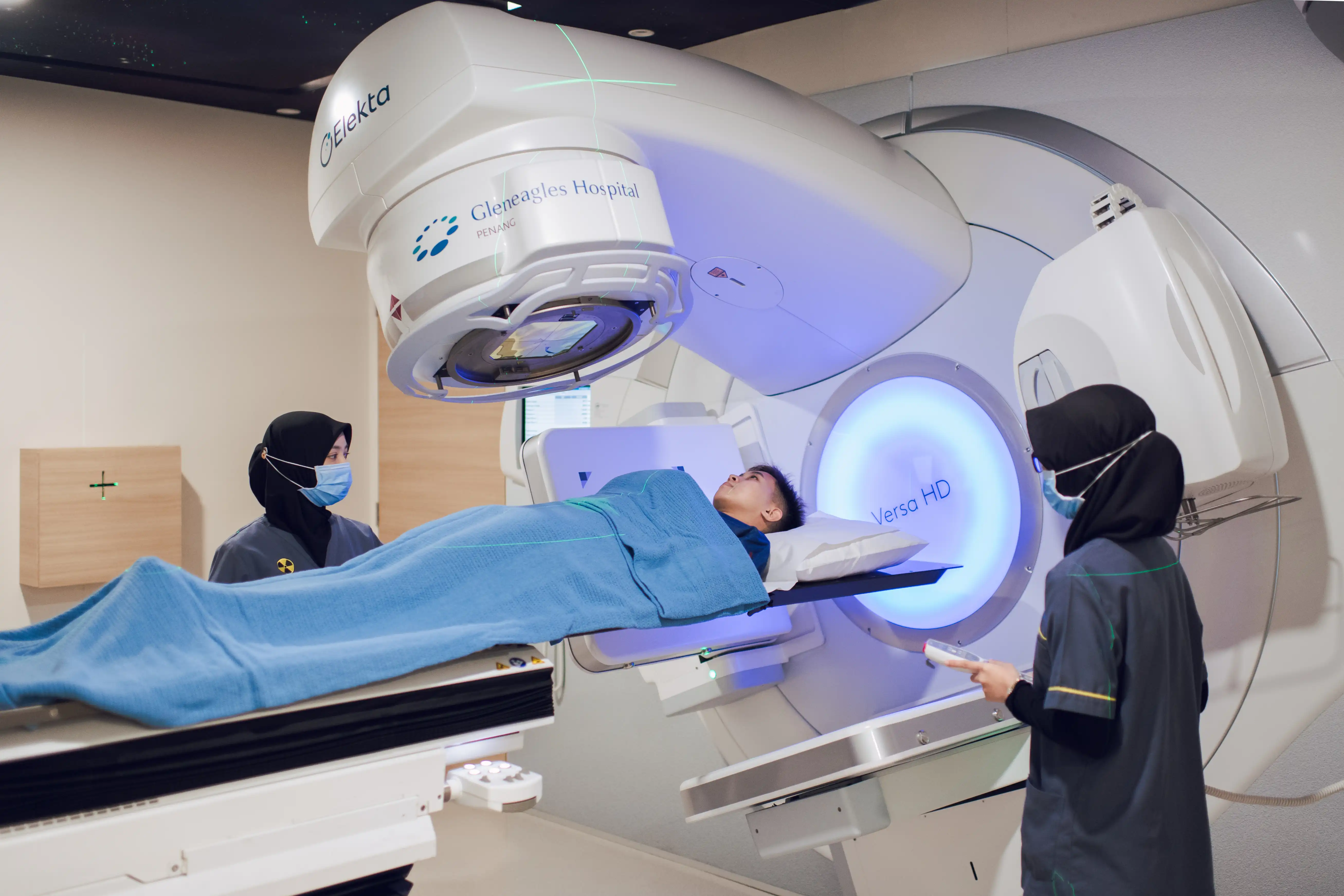1 in 4 Malaysians will get cancer during their lifetime. Worldwide, over a million women are diagnosed with cancers of their reproductive organs (gynaecolgical cancers) each year. The female reproductive organs are the cervix, uterus, ovaries and vaginal area. Gynaecological Oncology is the specialized field involving prevention and treatment of cancers and pre-cancers that can affect a women’s reproductive organs
In Malaysia, cancer of the cervix, uterus and ovary are among the ten most common cancers affecting women. Studies show that Chinese women have the highest risk of getting these cancers. Many cancers may be prevented or detected early by screening and regular gynaecological assessment. Appropriate treatment by a trained specialist can successfully cure many patients with gynaecological cancers. Inappropriate treatment like overtreatment or inadequate treatment can have damaging effects and affect the outcomes and results
WHAT IS A GYNAECOLOGICAL ONCOLOGIST?
A Gynaecological Oncologist is a gynaecologist who has been trained in screening, assessing and
Medical studies have shown that superior cure rates are obtained when gynaecolgical cancer patients are treated by these specially trained gynecological oncologists.
CERVICAL CANCER
The cervix is the neck of the womb or uterus. Cancer of the cervix can be prevented by HPV vaccination and through screening by the pap smear or HPV test. HPV vaccination can reduce the incidence of cervical cancer by up to 90%. The aim of cervical cancer screening on the other hand is to detect the cancer at the pre-cancerous stage (i.e. before cancer develops).
If the pap smear is abnormal or a woman is positive for high-risk HPV infection, the gynaecological oncologist will carry out an examination called colposcopy. Colposcopy is a painless examination of the cervix using magnification and lighting. Pre-cancerous lesions can be treated with close to 100% success, thus preventing cancer. In many cases, the patient with pre-cancer can be treated with a procedure called large loop excision of the transformation zone (LEETZ) under local anaesthesia.
The treatment for early cancer of the cervix is by a major operation called radical hysterectomy. In more advanced stages of cervical cancer, a combination of low dose chemotherapy and radiotherapy is required (concurrent chemo-radiation). When the cancer has spread, the patient will benefit from chemotherapy or a combination of chemotherapy and anti-angiogenic therapy. Patients who do not respond to chemotherapy can be treated by immunotherapy.
ENDOMETRIAL (UTERINE) CANCER
Surgery is the cornerstone of the treatment for endometrial or womb cancer. The surgery will involve the removal of the uterus and ovaries. Selected patients will need to have lymphadenectomy (removal of lymph nodes) and omentectomy (removal of omentum), depending on histological features. Following surgery, the removed uterus, ovaries and other tissues are sent for histopathological examination. Depending on the results of the histopathological examination, the patient is classified into risk groups of low risk, intermediate risk, high intermediate risk and high risk.
In low-risk disease, no further treatment is needed after surgery. In intermediate risk patients, after the surgery, adjuvant brachytherapy (radiation to the vaginal vault) is recommended. In high intermediate risk patients and high-risk patients, adjuvant radiotherapy and/or chemotherapy are advised after the surgery.
OVARIAN CANCER
Surgery is the most important aspect in treatment of ovarian cancer, and will involve removal of the uterus, ovaries, omentum and appendix as well as tumour elsewhere in the abdomen. For early cancer, surgery alone will cure most patients. When the cancer is more advanced, chemotherapy is given after surgery. In selected poor risk patients, instead of upfront surgery, 3 courses of chemotherapy are given first to shrink the tumour (neo-adjuvant chemotherapy). Following neoadjuvant chemotherapy, surgery is carried out. The surgery is followed by three more courses of chemotherapy. In some patients, anti-angiogenetic treatment is also given in addition to the chemotherapy. Maintenance treatment with a group of drugs called PARP inhibitors has been found to be useful in improving outcomes on completion of chemotherapy.
SYMPTOMS THAT REQUIRE ASSESSMENT
Women who have the following symptoms should consult with a Gynaecological Oncologist to exclude a gynaecological cancer:
- Bleeding after sexual intercourse
- Heavy bleeding during the periods
- Irregular bleeding (not according to the expected period)
- Bleeding in-between the periods
- Pelvic pain in the lower abdomen or pelvic area
- Blood-stained vaginal discharge
- Foul smelling vaginal discharge
- Abdominal distension, bloating or swelling
- Lump or swelling in the abdomen
- Pain or persistent itchiness in the area around or outside the vaginal area.
Any lump or growth in the area around or outside the vaginal area










-yeoh-chee-lima51b01d7-09b0-4e11-a0a5-ce3c9ea5de79.jpg?sfvrsn=615d491f_6)




